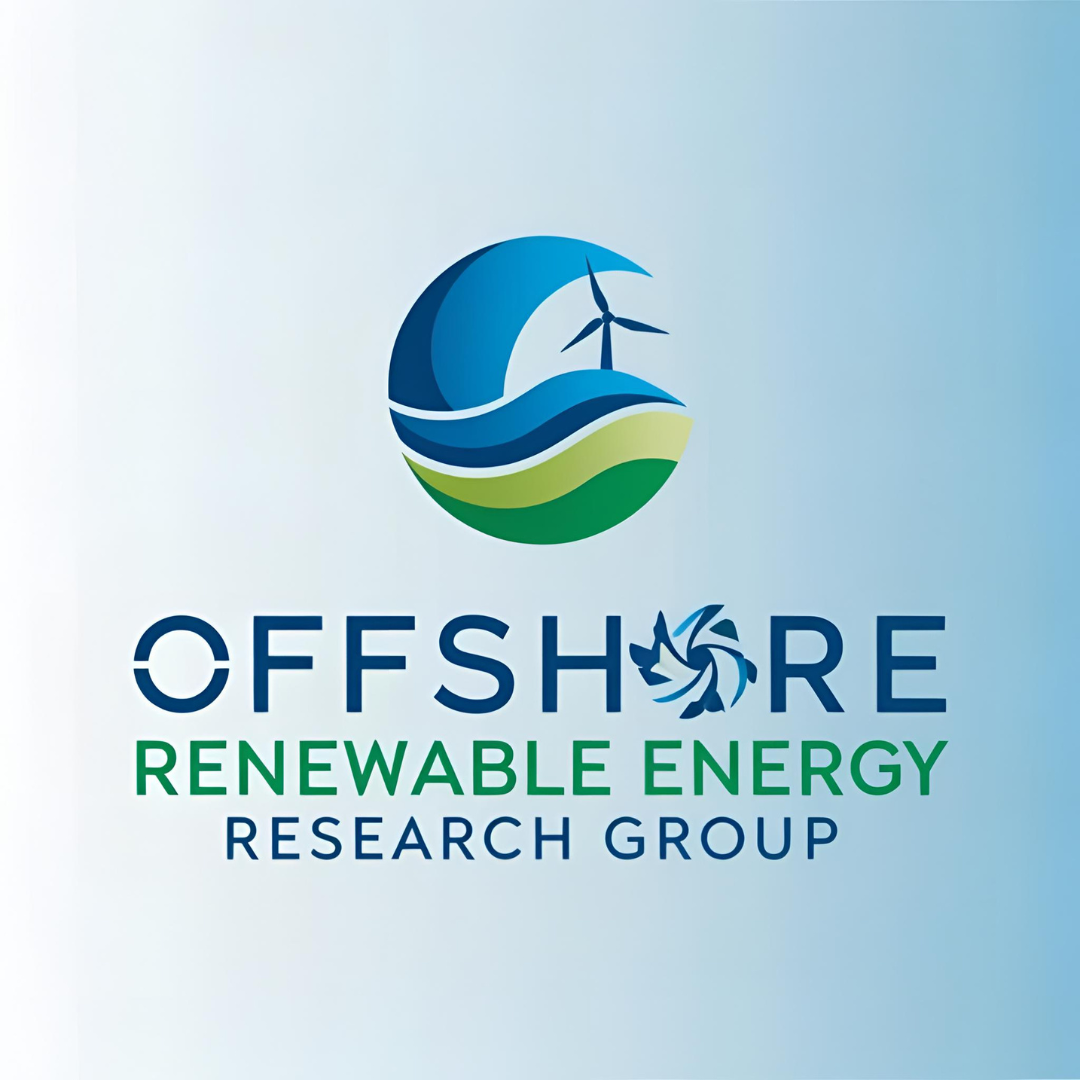Publications
Wild Atlantic Wind Farms, Are They Cost-Effective?
Ireland has ambitious targets to deliver 7GW of offshore wind capacity by 2030. Although to date, only the 25MW Arklow Bank wind project is installed; there are significant offshore wind resources that could potentially power the entirety of Ireland’s electricity needs and export to mainland Europe. Initially development will focus on delivering fixed OW farms on the East Coast in the Irish Sea. However, the substantial resources in the Celtic Sea (South Coast) and Atlantic Ocean (West Coast) could be exploited by FLOW.Wind farms moving into deeper waters are often further from shore, in harsher conditions. Sites in the Atlantic Ocean will have particularly dynamic metocean conditions. A year-round accessibility of only 26% has been calculated at a representative location off the West Coast c.71km from shore, assuming a 6hour window where the Significant Wave Height (Hs) is <= 2m. [1] Standard accessibility challenges will be exacerbated with the new problems of deploying a nascent FLOW technology with no convergence on logistical best practices/standards. Therefore, developers must consider whether the substantial potential resource of Atlantic Ocean sites can outweight the difficulties they will encounter when deploying and operating FLOW farms. The purpose of this paper is to determine with Atlantic FLOW can be cost-effective.The paper models the installation and Operation and Maintenance (O&M) of a theoretical 1GW FLOW farm off the West Coast of Ireland. It applies a suite of logistics and financial models designed to simulate activities across an hourly timeseries of metocean data. Outputs include estimates of costs, broken down for each life-cycle stage, and energy production. These will be used to calculate a final Levelised Cost of Energy (LCoE) estimate for the case-study, which will be validated against FLOW farm cost estimates in the literature. A series of sensitivity studies test the case-study assumptions and the impact of potential improvements to operational weather restrictions, reliability and reductions in CAPEX. Analysis identifies the key bottlenecks to achieving high production and low costs. Finally, the paper presents a worst, medium and best-case LCoE estimate to determine whether and/or under what conditions (e.g. reliability, accessibility, O&M strategy) the potential of the wild Atlantic winds can be harnessed.The paper concludes that the best-case LCoE at the Atlantic Ocean is an average of €81.58/MWh for a deployment of 2030-2035. Taking industry targets of €53-76/MWh as a baseline for achieving cost-effectiveness, the paper finds that this site is not competitive with the current assumptions and the nascent state of the Irish Offshore Wind industry. However, there are a number of potential areas for improvement that could provide further LCoE reductions and enable exploitation of the Atlantic Ocean wind resources. These include, increasing site accessibility and improving availability from 91%-95% and applying further CAPEX and OPEX cost reductions in line with cost-reduction pathway methodologies in the current literature. Further work is needed to determine how these could be achieved at this site.
- Authors
- Year
- 2023
- Publication Name
- Oceans 2023
- Category
- Conference Paper / Proceedings
- Link to Publication
- https://ieeexplore.ieee.org/document/10244722


